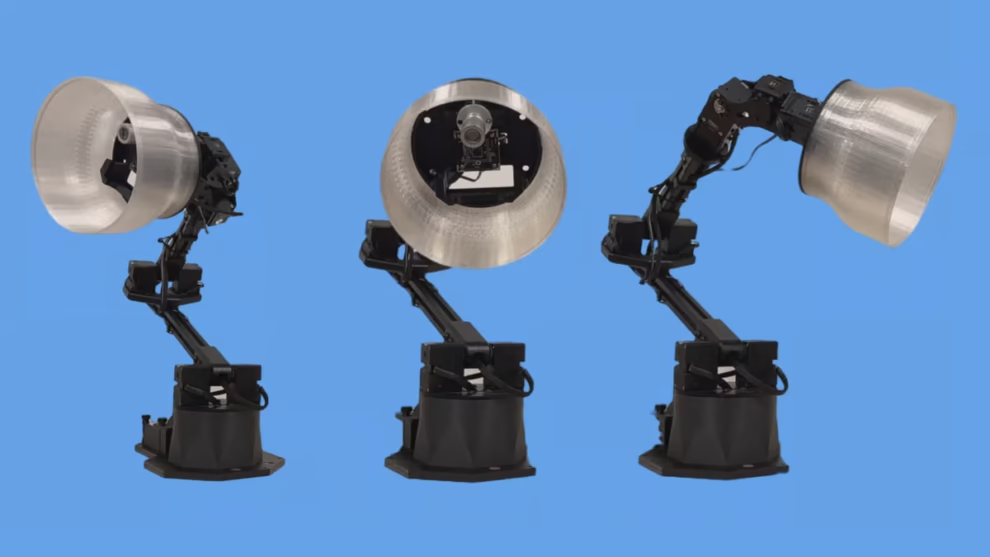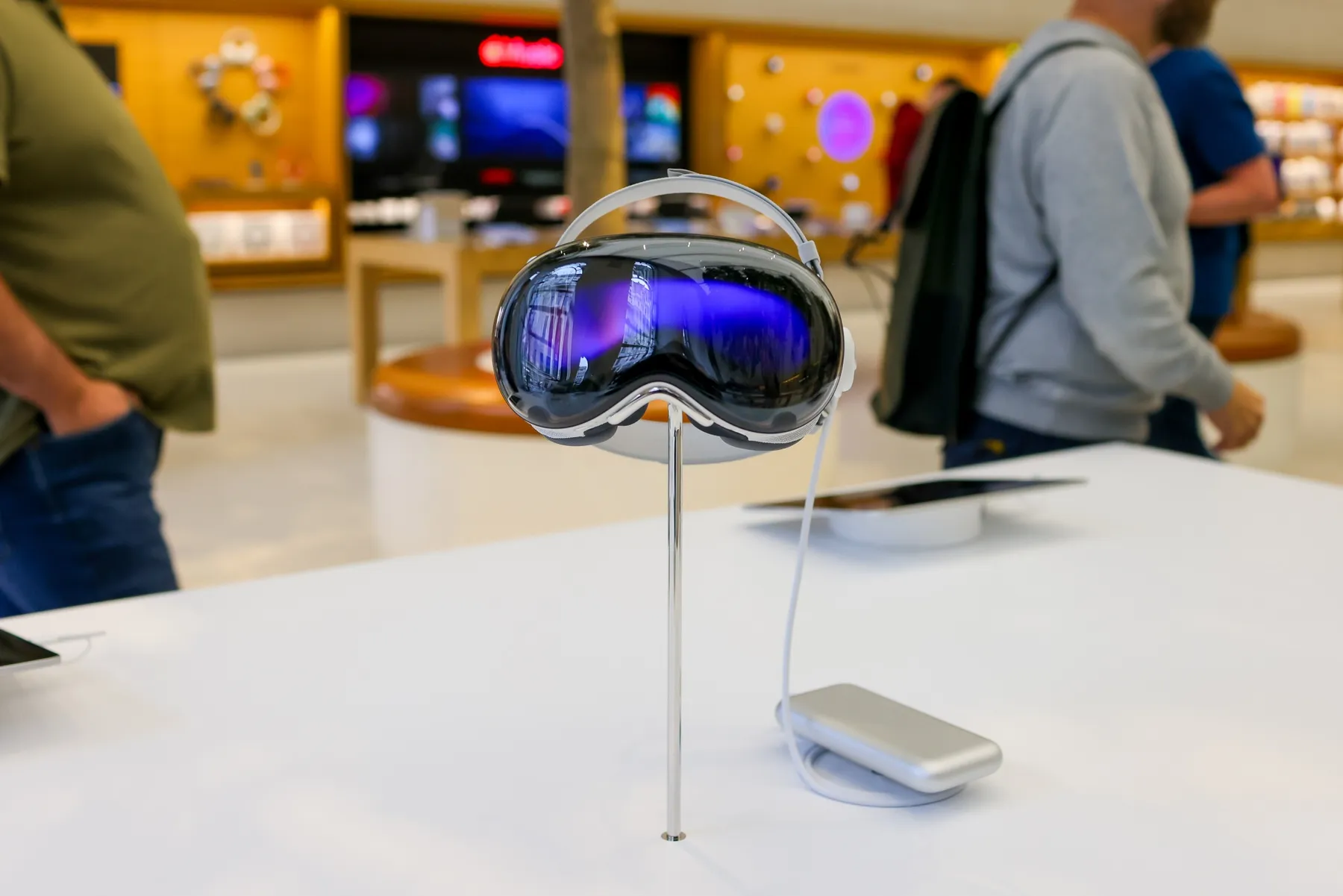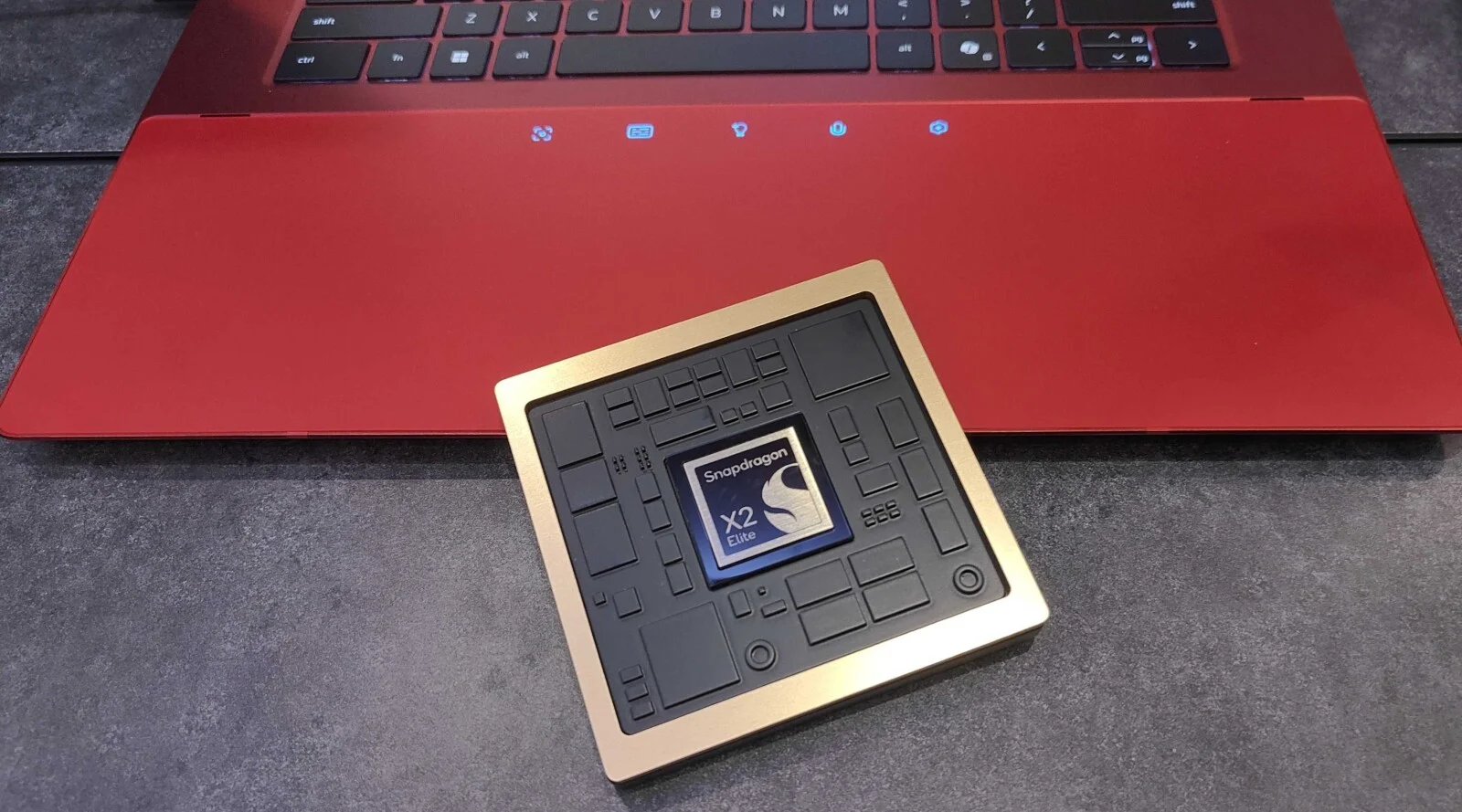Imagine a desk lamp that doesn’t just illuminate your workspace but also anticipates your needs, subtly shifting its light to optimize your focus, or even mirroring your mood with its gentle movements. This isn’t science fiction; it’s a tangible creation from the minds of Apple engineers, a project that blurs the lines between functional object and expressive companion. This innovative lamp, with its Pixar-inspired design and AI capabilities, is being explored as a potential bridge to a more intuitive and emotionally resonant interaction with technology. But what exactly is this lamp, and what does it signify about the future of how we interact with our devices?
This exploration into expressive AI-driven devices is happening within Apple’s research and development labs, though no official product announcement has been made. The project, details of which have surfaced through patents and publications, showcases the potential of AI to imbue everyday objects with personality. While the exact timeline for its potential release (if any) remains unknown, the concepts being explored suggest a future where our devices are more than just tools—they become active participants in our lives.
From Pixar Charm to Practical AI: The Lamp’s Design and Functionality
The lamp’s design draws heavily from the expressive character animation seen in Pixar films, lending it a friendly and approachable aesthetic. This isn’t just about looks; the physical form plays a crucial role in conveying information and emotion. Think of the subtle tilt of its “head” to indicate attentiveness, or the gentle dimming of its light to suggest relaxation. This design language, familiar from animated characters, allows users to intuitively understand the lamp’s “intentions” without needing complex visual displays or notifications.
But the lamp’s charm goes beyond its outward appearance. Underneath its Pixar-esque exterior lies a sophisticated AI system. This system is designed to learn user preferences and adapt the lamp’s behavior accordingly. Imagine the lamp subtly adjusting its color temperature throughout the day to match your circadian rhythm, promoting alertness in the morning and relaxation in the evening. Or consider its ability to anticipate your needs, perhaps dimming its light when you step away from your desk for a break, or brightening it when you return.
- Expressive Movement: The lamp’s physical form allows for subtle movements that convey information and emotion.
- AI-Powered Personalization: The lamp learns user preferences and adapts its behavior accordingly.
- Circadian Rhythm Optimization: The lamp can adjust its color temperature to promote alertness and relaxation.
- Contextual Awareness: The lamp can anticipate user needs based on their activity and environment.
The “Why” Behind the Lamp: Reimagining Human-Computer Interaction
The development of this AI-powered lamp raises a fundamental question: Why are Apple engineers exploring such a seemingly whimsical concept? The answer lies in the ongoing quest to create more natural and intuitive ways for humans to interact with technology. Traditional interfaces, like keyboards and touchscreens, can feel impersonal and detached. The lamp, on the other hand, offers a more embodied and expressive form of interaction.
This project represents a shift towards “ambient computing,” a paradigm where technology seamlessly integrates into our environment, anticipating our needs and providing information without requiring our explicit attention. Instead of staring at a screen, we can glean information from the subtle movements and light patterns of the lamp. This approach has the potential to reduce cognitive overload and create a more harmonious relationship between humans and technology.
- Ambient Computing: Technology seamlessly integrates into the environment and anticipates user needs.
- Natural Interaction: Expressive movements and light patterns convey information intuitively.
- Reduced Cognitive Load: Users can glean information without explicit attention.
- Emotional Connection: The lamp’s personality fosters a more engaging and enjoyable user experience.
Beyond Illumination: The Potential Applications
While the lamp’s primary function is illumination, its underlying technology has far-reaching implications. Imagine this same AI-driven approach applied to other everyday objects, like thermostats, speakers, or even household appliances. A thermostat that learns your preferred temperature settings and subtly adjusts itself throughout the day. A speaker that anticipates your musical tastes and curates playlists based on your mood.
The potential extends beyond the home. In a work environment, such devices could promote collaboration and communication. Imagine a conference room where the lighting subtly shifts to indicate when someone is speaking, or a shared workspace where individual lamps provide personalized lighting based on each employee’s preferences.
- Smart Home Integration: The technology can be applied to other smart home devices like thermostats and speakers.
- Workplace Applications: Personalized lighting and subtle cues can improve collaboration and communication.
- Assistive Technology: The expressive nature of the lamp could be beneficial for users with disabilities.
The Challenges and Considerations
While the concept of an AI-powered lamp is intriguing, there are several challenges and considerations that need to be addressed. One concern is privacy. How much data is the lamp collecting about user behavior, and how is that data being used? Transparency and user control are crucial to ensuring that these devices are used responsibly.
Another challenge is the potential for misinterpretation. While the lamp’s movements are designed to be intuitive, there’s always the possibility that they could be misinterpreted, leading to confusion or frustration. Careful design and user testing are essential to ensure that the lamp’s communication is clear and unambiguous.
- Privacy Concerns: Data collection and usage need to be transparent and user-controlled.
- Potential for Misinterpretation: Careful design and user testing are crucial for clear communication.
- Cost and Complexity: Developing and manufacturing such devices could be expensive.
A Glimpse into the Future
The AI-powered lamp being explored by Apple engineers offers a fascinating glimpse into the future of human-computer interaction. It represents a move away from traditional interfaces and towards a more embodied and expressive form of technology. While challenges remain, the potential benefits are significant. Imagine a world where our devices are not just tools, but also companions, seamlessly integrating into our lives and anticipating our needs. This lamp, with its Pixar charm and AI capabilities, may be a small step, but it points towards a future where technology is more human, more intuitive, and more expressive.








